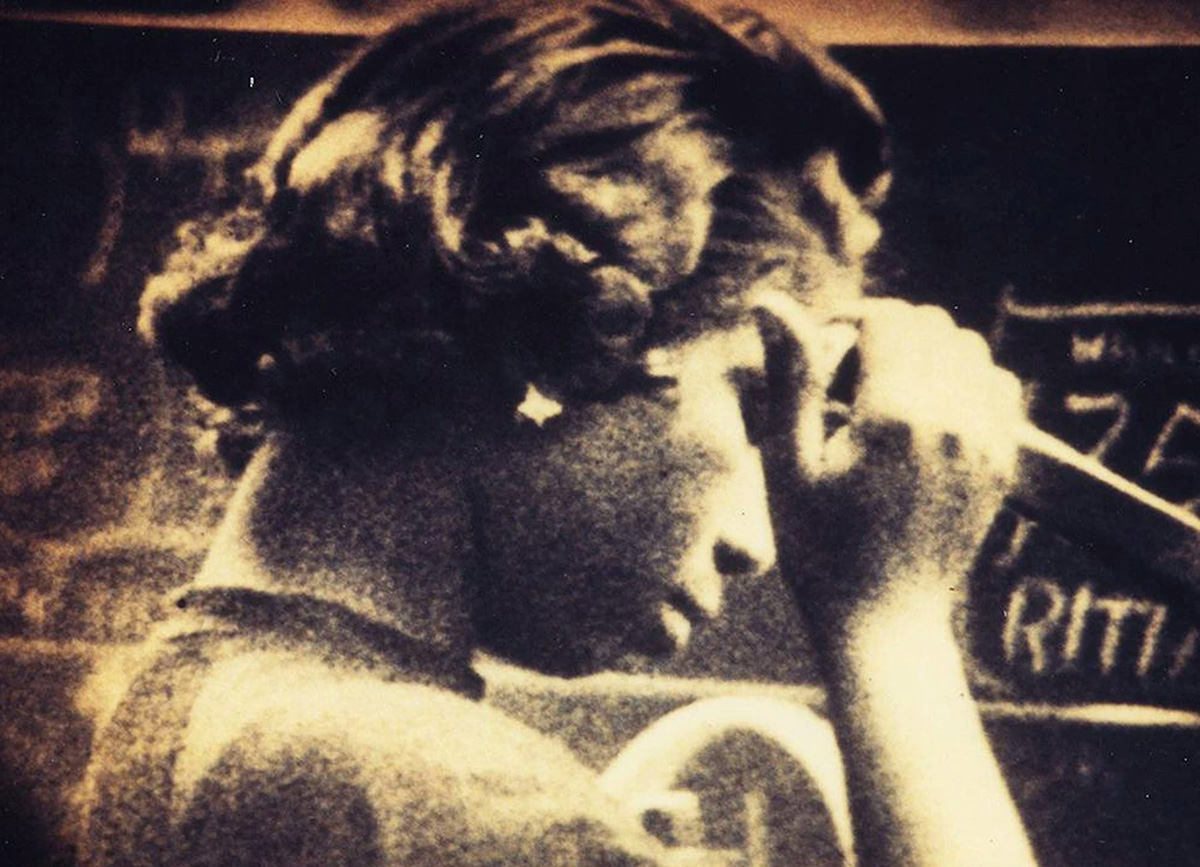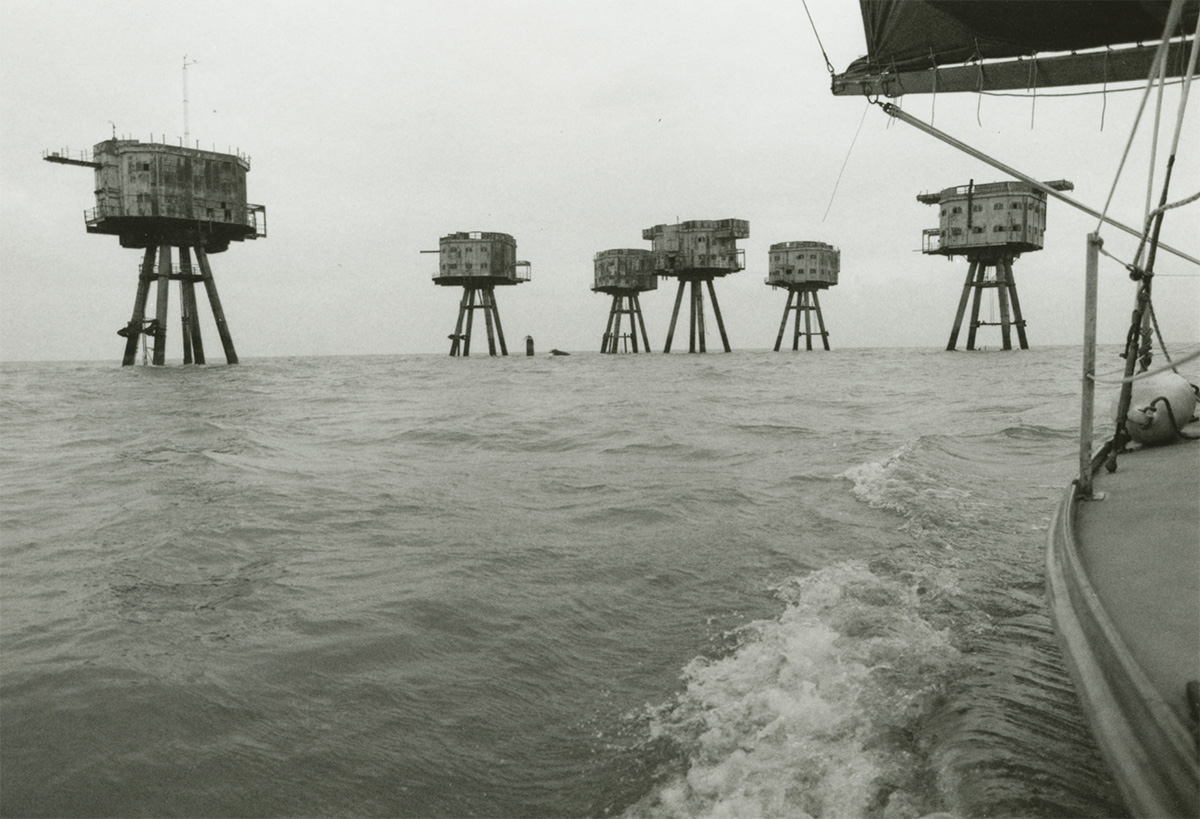SCREENING TWO - Handsworth Songs / Thames Film
Introduced by Kodwo Eshun & Louis Henderson
Courtisane is een platform voor film en audiovisuele kunsten. In de vorm van een jaarlijks festival, filmvertoningen, gesprekken en publicaties onderzoeken we de relaties tussen beeld en wereld, esthetiek en politiek, experiment en engagement.
Courtisane is a platform for film and audiovisual arts. Through a yearly festival, film screenings, talks and publications, we research the relations between image and world, aesthetics and politics, experiment and engagement.
COURTISANE FESTIVAL 2026: 1-5 April
Introduced by Kodwo Eshun & Louis Henderson

A cinematic essay on race and civil disorder in 1980s Britain, Handsworth Songs takes as its point of departure the civil disturbances of September and October 1985 in the Birmingham district of Handsworth and in the urban centres of London. Running throughout the film is the idea that the riots were the outcome of a protracted suppression by British society of black presence. The film portrays civil disorder as an opening onto a secret history of dissatisfaction that is connected to the national drama of industrial decline. “To make sense of the debris in Handsworth, BAFC had to reconstitute the fragments, and in doing so, words, sound and image came alive in an audio/visual style.”
“The feeling of disjuncture is reflected not only in the jump cuts of the film’s narrative discontinuity — moving between archival photographs, newsreel fragments, media reportage, and on-site interviews — it is also deeply anchored by the sombre aural pulse, the disjunctive syncopation of the snare drum beat, the mournful reverb of the dub score that sustains a quiet rage. Though ostensibly addressing the issues of policing, Handsworth Songs reflects more profoundly the agency of the oppressed; it narrates their stories, not purely from the point of view of the event from which it derives its name, but equally through an archaeology of the visual archive of minoritarian dwelling in Britain. As is often the case in BAFC’s work, the ghosts of those stories inform the notion of a historically inflected dub cinema whose spatial, temporal and psychic dynamics relays the scattered trajectories of immigrant com munities.” (Okwui Enwezor)

By filming from the low freeboard of a small boat, William Raban attempts to capture the point of view of the river Thames, tracing the 50 mile journey from the heart of London to the open sea. Interspersed with images from Brueghel the Elder’s painting The Triumph of Death and T.S. Eliot reading Four Quartets, this contemporary view is set in an historical context through use of archival footage and the words of the travel writer Thomas Pennant, who followed exactly the same route in 1787.
“This is a vision of the dark Thames, of ‘Old Father Thames’ as an awful god of power akin to William Blake’s Nobodaddy; and, in Blake’s poem, Jerusalem, ‘Thames is drunk with blood’. In this film there is something fearful about the river, something monstrous, recalling Conrad’s line in Heart of Darkness that ‘... this also has been one of the dark places of the earth’. Walking along the banks of the Thames, down river, approaching the estuary, it is possible to feel great fear. One of the possible derivations of the word Thames itself is tamasa meaning ‘dark river’; the word is pre-Celtic in origin, so we have the vision of an ancient, almost primeval, time. And yet there is beauty and sublimity in terror. Raban has learned something from the great artists of the river, such as Turner and Whistler, and portrayed the Thames as clothed in wonder.” (Peter Ackroyd)